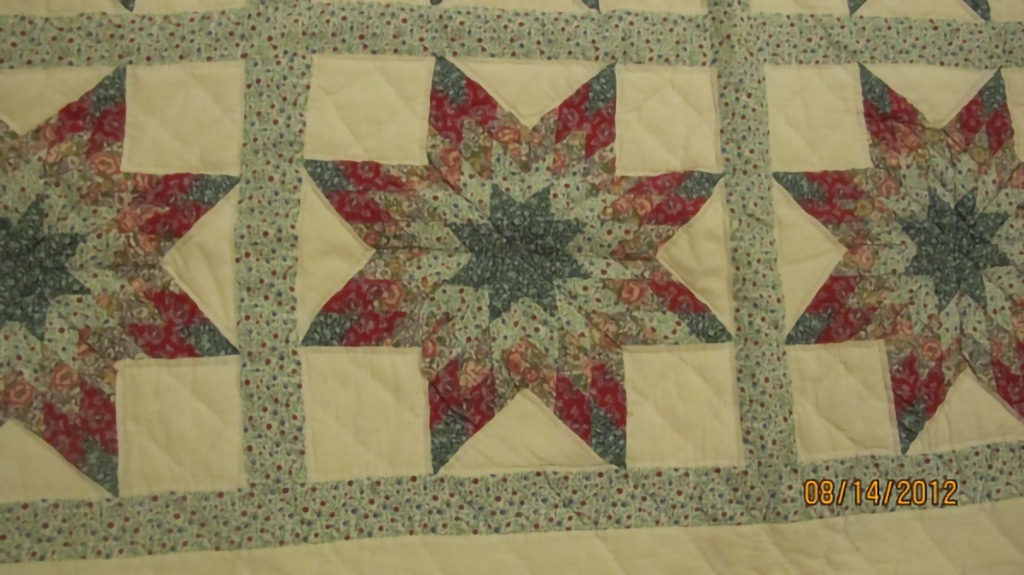
Native American And Hmong: Use This Same Star Design
Native American and Hmong Star Design: A Shared Cultural Symbol
Explore the fascinating similarities between Native American and Hmong star designs, showcasing shared cultural symbols through quilts and hand-embroidered textiles.


Introduction – Cultural art often serves as a window into the beliefs, traditions, and stories of a community. The star design, prominently featured in Native American quilts and Hmong hand-embroidered textiles, provides a remarkable example of shared symbolism across cultures. Despite their geographic and historical separation, both groups use this star design to express identity, heritage, and artistry. This article explores the connections between these two rich traditions.
The 3005 Quilt Star: A Symbol in Native American Art
The 3005 Quilt Star is a stunning example of how Native American artisans use geometric shapes to create visually captivating designs. These stars often reflect spiritual beliefs, ancestral connections, and the natural world. They are central to storytelling and carry deep cultural significance.
This specific quilt star design demonstrates meticulous craftsmanship and an intuitive sense of symmetry. It resonates with the same aesthetic principles seen in Hmong embroidery, bridging two distant cultures.
Hmong Hand-Embroidered Batik Textiles
Hmong hand-embroidered batik textiles are celebrated for their intricate patterns and vibrant colors. The star motif frequently appears in Hmong designs, representing guidance, spirituality, and unity within their cultural heritage. These symbols are painstakingly hand-stitched, passed down through generations, and serve as a canvas for stories and traditions.
The similarities between these textiles and the Native American 3005 Quilt Star suggest a shared visual language that transcends geography, highlighting the universal human drive to express meaning through art.
The Shared Legacy of Star Designs
While the origins of these star designs in Native American and Hmong cultures differ, their shared use underscores a universal appreciation for the star as a symbol of aspiration, navigation, and connection to the cosmos. This commonality serves as a reminder of how art can unite us across cultural divides.
Conclusion – The striking similarities between Native American quilt stars and Hmong embroidered textiles showcase the interconnectedness of human creativity. These designs, rich in meaning and heritage, emphasize the universal nature of storytelling through art. Exploring these parallels not only fosters appreciation for both cultures but also deepens our understanding of the global tapestry of traditions.





Responses